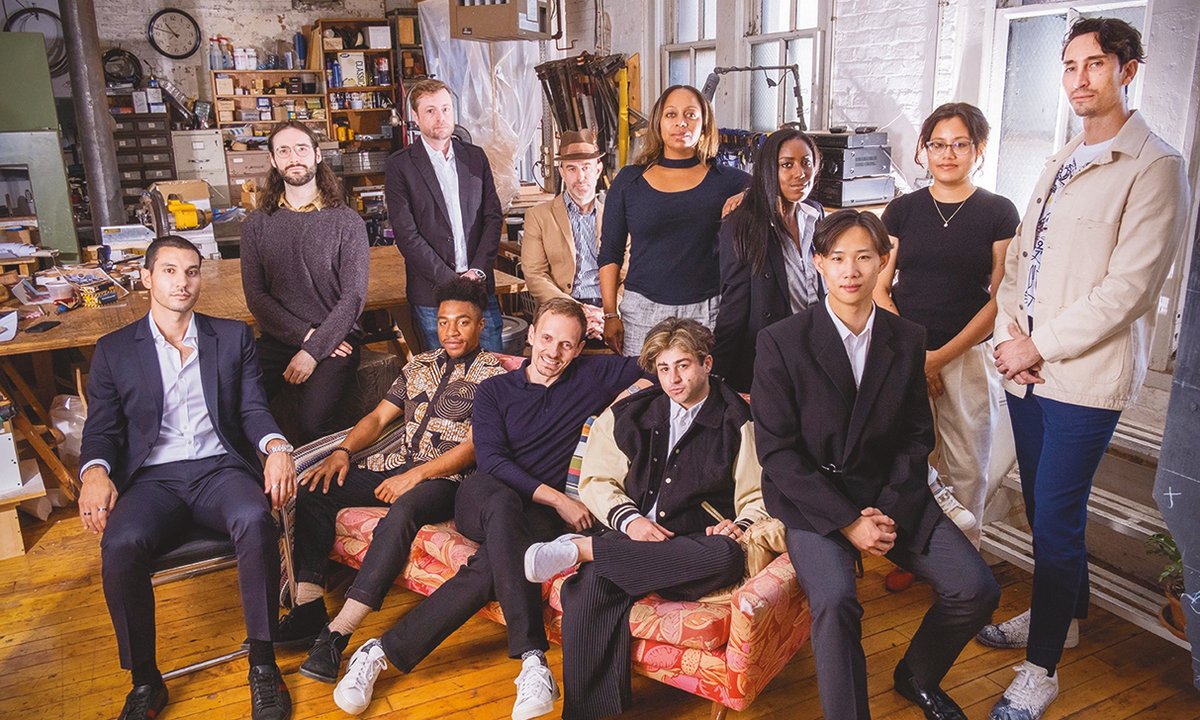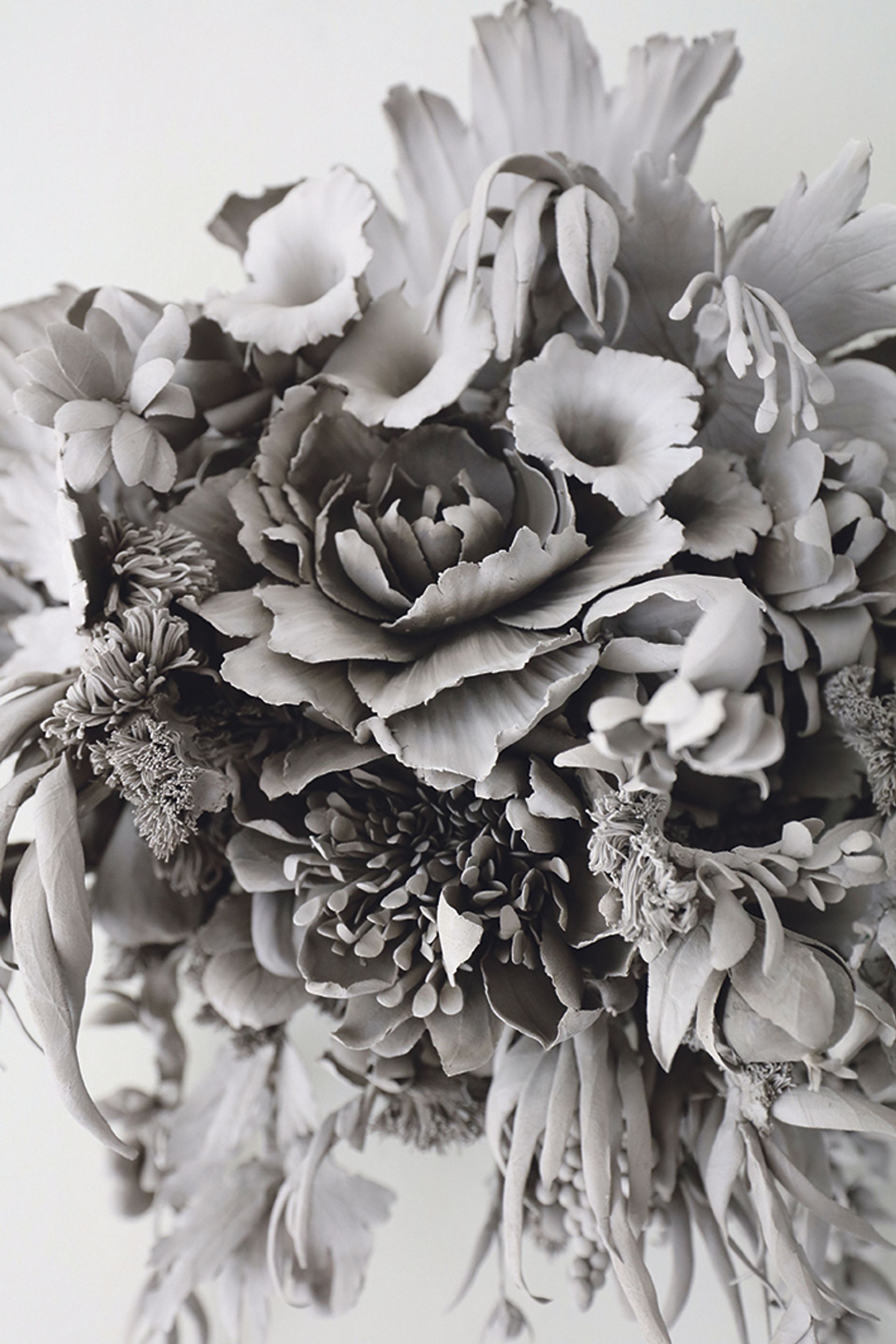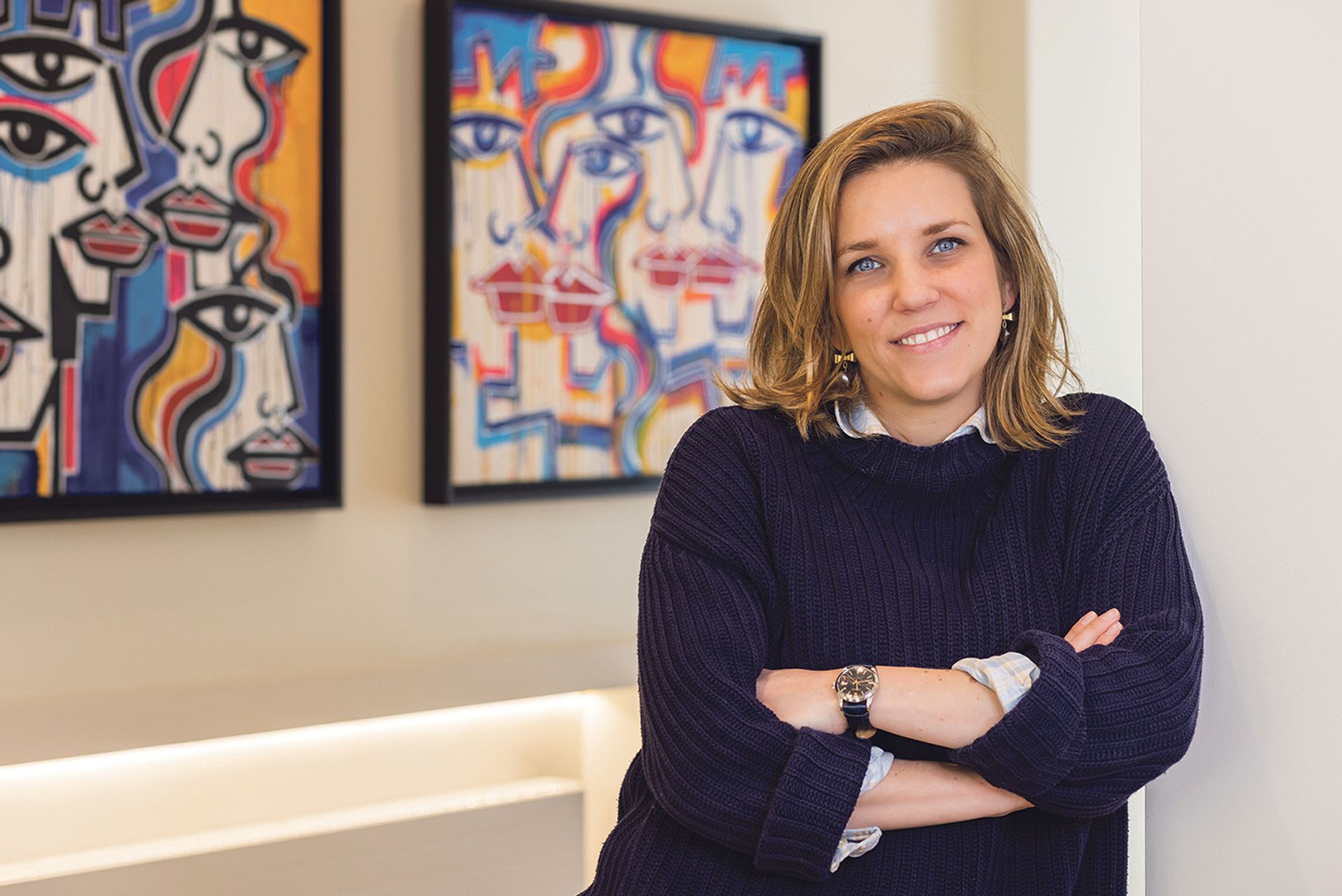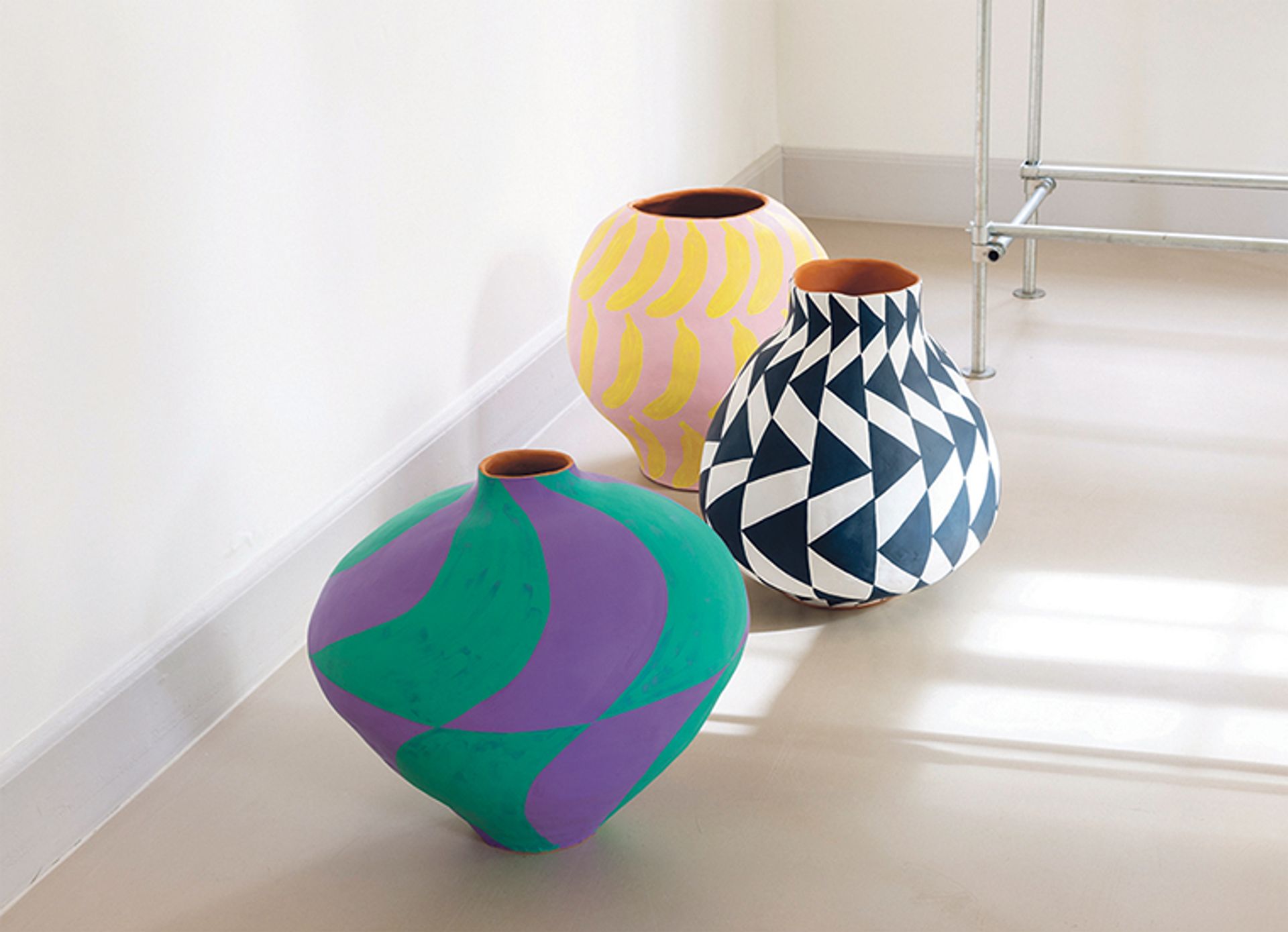Blockchain platforms promise resale royalties and provenance tracking for physical artworks

[gpt3]rewrite
Nine years after the launch of the second generation blockchain, the technology has found a new life as the home of digital contracts. Artists and the art market have begun to see the promise that blockchain – on which digital transactions are permanently recorded – can serve as a permanent record of a physical work’s authenticity, while also setting the conditions for a secondary sale in favor of the work’s creator beyond the primary sale.
This promise stems from blockchain-powered ventures in other industries that also trade in high-value commodities, most notably Everledger, founded in 2015, which secures records of authenticity and ethical sourcing for diamonds by tracing their provenance – including a “digital twin” of each gem – from mine to jeweler shop, through immutable files held on a blockchain.
“Digital dossiers enable artists to add text, images and PDFs to create a rich provenance”
The art market, which had a roller-coaster engagement with blockchain as a home for non-fungible tokens (NFTs) – digital tokens that sold at eye-wateringly speculative levels in 2021 – has been offered a new engagement with the technology in the past year, with the emergence of platforms devoted to using blockchain to host a digitized version of the established interaction between artists, dealers and collectors, in the buying and selling of new physical works of art.
Indelible record
The benefits offered are a permanent record of authenticity and transparency of a transaction, both for buyers and sellers, and allow artists to set contractual terms, held on the blockchain, for the secondary sale of their work. (Producers of physical art will try to learn from the recent experience of those NFT artists who have sold their digital art on one blockchain, but then missed out on the terms of the resale royalties when the buyer sold the piece on another blockchain. )
Two of the leading players in the field are Fairchain – a US-based startup, founded by artists and Stanford University graduates, which has been offering blockchain-stored certificates of authenticity and resale royalties since 2021 – and Arcual. The latter, a blockchain-powered platform, supported by the LUMA Foundation, MCH Group (owners of Art Basel) and BCG X (the tech venture arm of the Boston Consulting Group) bases its process on a double-signed agreement, the Certificate of Authenticity, between dealer and artist. These certificates “always include multiple signatures,” Arcual product manager Rodrigo Esmela and CTO Michael Schuller say. The art newspaper. This means, they say, “that the parties cannot unilaterally define terms or conditions, allowing galleries and artists to define the exact representation of the artwork on the blockchain and the terms of sale or resale”.

Works by Phoebe Cummings will be used by Arcual to demonstrate its digital documents at Art Basel
© Sylvain Deleu
Seven months after its launch, Arcual has introduced “digital dossiers” – which it will demonstrate at Art Basel with the work of ceramic artist Phoebe Cummings – that allow artists to add text, images and PDF files to create a rich provenance, and record anything from the creation of the work to the artist’s intentions for the display. The information is as immutable on the blockchain as the certificate of authenticity, and part of a smart contract between artists, dealers and collectors. (Arcual can handle transactions of up to $1 million at a time and takes up to 1.5% commission on each sale.)
Bernadine Bröcker-Wieder, Arcual’s CEO, worked closely with Everledger in her previous role as founder of Vastari, the world’s largest database of private collections and temporary exhibitions, which took an investment in 2016 from Everledger. She says that in conversations with artists, dealers and collectors, the word “blockchain” doesn’t come up now; the technology has almost been a given. And while blockchain-stored contracts designed for other industries – fashion, luxury, shipping containers – may depend on multiple layers of technology to connect contract and object, such as the creation of a digital twin or adding an NFT chip to high-value fashion items, in Arcual’s digital dossier allows an artist to record unique personal marks of authenticity. These can be a symbol that is difficult to detect or a surface wear that forms part of a piece’s unique physical makeup, added by the artist for an extra level of authenticity. The Arcual documentation is like a “user’s manual for the work”, says Bröcker-Wieder.

Bernadine Bröcker-Wieder (above), CEO of blockchain-powered platform Arcual
Photo by Jolly Thompson
Arcual’s digital dossiers are necessarily private to artists, dealers and collectors, but the potential form of such richly detailed provenances can be seen on platforms for other industries, including findmyinstrument.org, a site where the detailed history and physical characteristics of historic violins, violas and cellos, are published using X-ray, infrared, endoscope images, photographs, video and written descriptions. Of course, storing large amounts of detailed information raises questions about data laws, especially in relation to the GDPR that prevails in Europe and the UK. Asked about this by The art newspaper, Esmela and Schuller said Arcual’s digital dossiers and other information held on the blockchain are GDPR compliant. “We only store the minimum necessary information. No personally identifiable information (PII) about buyers is stored in the digital documentation, and only information relevant to the artwork is stored in the digital documentation.”
Artclear, another new blockchain platform for recording a permanent provenance for art, offers a technical model closer to the Everledger “digital twin” approach, by offering microscopic-level scanning of works using industry-standard technology under license from hardware giant Hewlett-Packard (HP ). The scan, and a digital code derived from it, is stored on the blockchain as part of an Artclear Fingerprint.

Ceramic works by Athene Galiciadis were sent by Arcual earlier this year
Courtesy of von Bartha Gallery Copenhagen
These new blockchain-based businesses have captured the attention of the market. At Art Basel in Hong Kong in March 2023, eight galleries submitted work through Arcual’s Salesroom platform, including Sabrina Amrani Gallery with Carlos Aires and his sculpture Good appetite IV (2022), a collection of glass porcelain plates, and the Commonwealth and Council gallery with Kenneth Tam for his video Silent Spikes (2021). For Stefan von Bartha, the owner of the Von Bartha gallery, who used Arcual to send a Copenhagen exhibition of Athene Galiciadis’ painted clay vessels, Measurement of the worldearlier this year, the use of the platform is part of the quest for “a more transparent and fairer art world”.
As with all kinds of new technology platforms over the last 15 years, whether in the art market, the publishing industry or the gaming industry, potential customers of Fairchain, Arcual and other players in the field are varying degrees of excitement about the technology and wary of how it will reach critical mass . London gallerist Oliver Miro, founder of Vortic, a VR and AR platform for the art world, recognizes the potential of the technology but wonders if this approach will work “unless the entire art world shifts to one model and one blockchain, and strictly enforces it ».
[gpt3]























